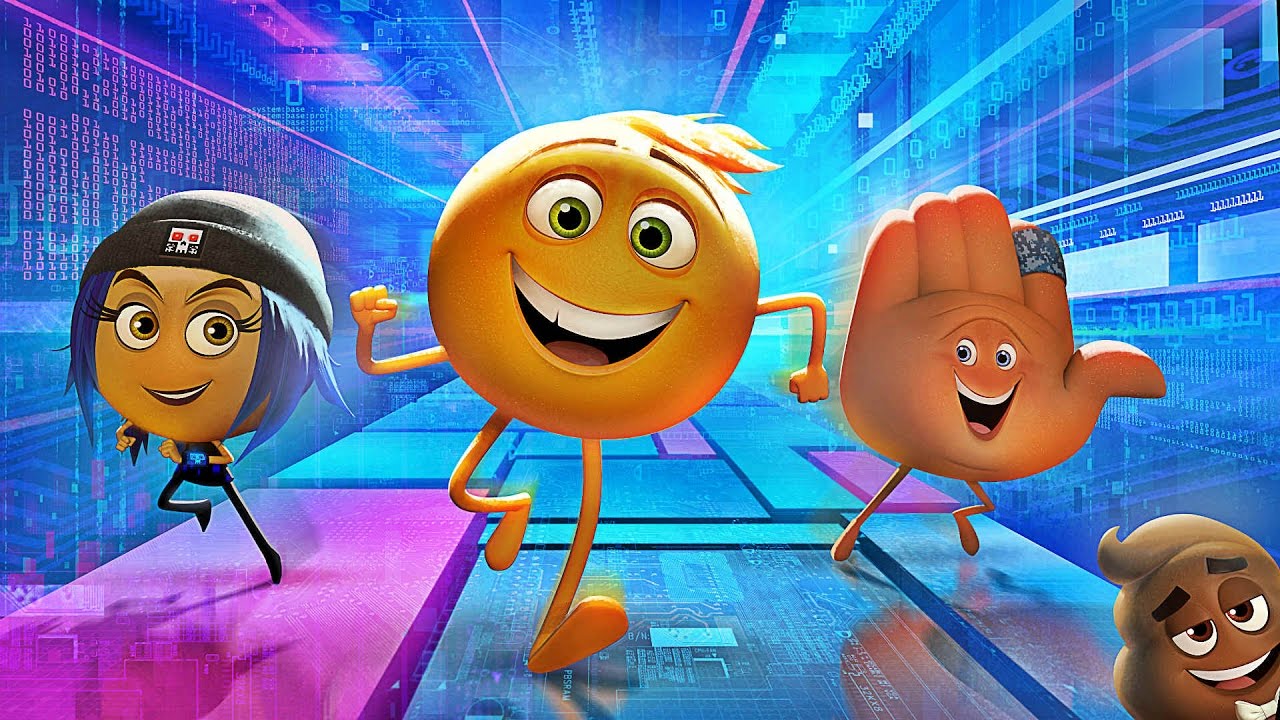For my money – and I can say that, as I stumped up to see it – there’s been no worse feature film on a big screen this year than The Emoji Movie.
The animated film, from Sony Pictures Animation (who gave us the much better than it was reported to be Smurfs film earlier this year), has a credits list full of really talented people. Good people. Just ones who found themselves working on a fast-tracked movie that was seemingly made purely, purely, purely for business reasons. At no point in the film is there a eureka moment, an impression that somebody hatched a great story they wanted to tell. Instead, to understand quite how The Emoji Movie turned out as it did, you have to go back in time.
Not far back in time, either. In fact, the genesis of The Emoji Movie dates back to a bidding war that took place just over two years ago.
This is important. Ask people at Disney, Pixar and Aardman, for instance, and they’ll tell you that the making of an animated movie takes around four years at least. At a push, you could squeeze that to three. But in a four-year animated movie cycle, the best part of three years is spent cracking the story, over and over again. We shall be coming back to this point.
Come the summer of 2015, then, and the company that holds the rights to Emojis oversaw a three-studio bidding war for the movie rights specifically. Warner Bros and Paramount – both of whom have been ramping up their animated movie efforts – were both putting in offers.
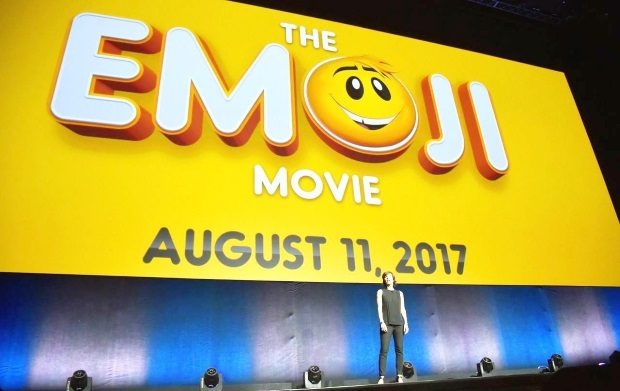
But Sony really wanted this one. Under the stewardship of Sony Pictures Animation head Kristine Belson, and overall studio boss Tom Rothman, a deal was struck that proved too rich for the rival studios. Sony is believed to have paid nearly $1m for the rights to make The Emoji Movie, although inevitably, the full complexities of the deal – and any back end and sequel clauses – remain unknown.
The deal was announced at the start of the week that saw Sony release the not-massively-unrelated Pixels in cinemas, interestingly.
In the scheme of things, paying around $1m for source material for a potential movie isn’t a big thing. Go back, for instance, to the early 90s, and the late Michael Crichton sold the rights to his novel Disclosure even before it was published for the same price. Hollywood is littered with stories of expensive rights bills being picked up, even for projects that didn’t ultimately make it to the screen.
But it was clear from the moment the announcement came out that The Emoji Movie was to be an urgent, fast-track project for the studio. What was interesting about the speed at which the deal was struck was how much was in place when it was announced. Sony already had a director, the basics of a story idea, and product placement marketing in place.
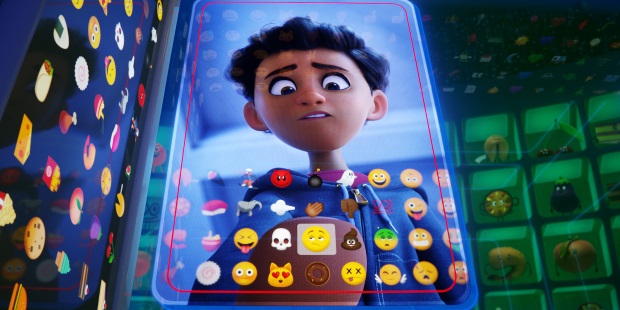
The pitch for the film came from director Anthony Leondis. Back then, he’d all but completed work on a feature for DreamWorks Animation called B.O.O.: Bureau Of Otherworldly Operations. This was the DreamWorks film, though, that was quietly shelved – in spite of being technically close to a releasable state – in the midst of DreamWorks’ financial issues (DreamWorks Animation was subsequently bought out by Universal, and B.O.O. looks a dead project, in spite of it being apparently very close to completion).
Leondis, though, had a plan for The Emoji Movie. In fact, he seemed to be the one constant no matter which studio won the bidding war, as he shopped his idea around Hollywood. Sony, Warner Bros and Paramount were the ones who showed interest.
He was inspired by Toy Story, and as the story goes, wondered what other world of that ilk was ripe for cinematic exploration. A text message with an emoji attached duly pinged on his phone, and inspiration hit.
The production came together quickly. Confident that wheels were turning, Sony set a release date of August 2017 four months on from signing the deal. That gave Leondis and his team just over 18 months from that minute to deliver the final cut of the film. That left no margin for error. A hard deadline was in place.
The vast bulk of physical animation on an animated movie is done in the last year, year and a half. As such, it’s not massively eyebrow-raising that The Emoji Movie’s lead voice – T J Miller – wasn’t announced as being in place until June 2016.
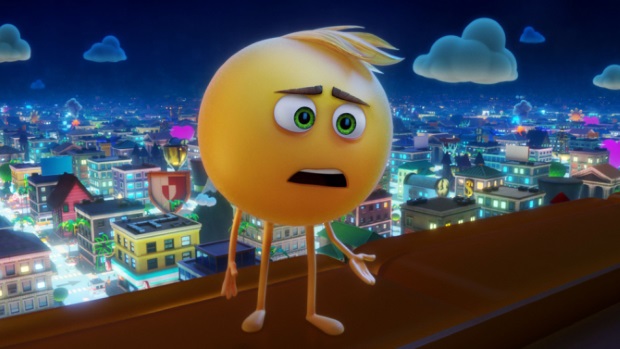
By then, though, the film was arguably already in profit. Costing a modest $50m to realise on the screen, Sony had set about mitigating its risk with a series of product placement deals. In fact, that’s underselling them. It sold spots to popular apps, to make them an integral part of the film’s storyline. How these fitted into Leondis’ original pitch is unclear, but it’s not hard to imagine that – with no real time window to do so – Leondis had to reorganise his film to accommodate, for instance, a whole subplot involving Dropbox. Sequences following Just Dance and Candy Crush too are bolted in, and emitted audible groans in the screening of the film I saw. There are hardly tips of the hat, either. They’re integral parts of the story’s journey.
The key thing, I’d suggest, if you’re making a commodotised product, is that it’s boxed, packaged and available at the point it’s promised. Sony, in fact, moved the release date of The Emoji Movie forward by one week as production progressed. Its product was duly ready in time, and cinema audiences were exposed to it the first week of August.
Box office-wise, it’s hardly been a crushing success, but the commercial rationale behind the film has long since offset Sony’s risk. It’s taken $160m at the global box office, will do about the same on home formats and streaming starting in October, and there’s a bundle of tie-in merchandise that’s been available too.
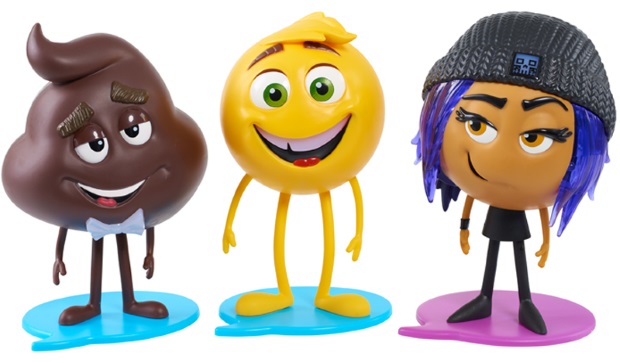
What there isn’t is a good film. But then Sony is the studio that gambled on risky movies that others passed on – The Dark Tower, Passengers and such like – and has found itself financially exposed when taking those risks. It’s easy to say ‘make better films’, but when someone offers that elixir to magically make that happen, then the bidding war will go far higher than $1m The Emoji Movie rights cost, I’d wager.
In the case of The Emoji Movie, though, this is still as cynical an exercise as I’ve seen since a reflection of an Apple product was used instead of a mirror on Medusa in the first Percy Jackson film. I truly believe that all concerned on the creative side wanted to make a good film, I just feel that they never stood a chance here. A two year turnaround, a straight business transaction, and a bit of money in the bank was the key motivation.
As a punter, what makes this all the more hollow and disappointing is that a film that was clearly a labour of love – Captain Underpants – stumbled, and made less money. It’s not the first story of box office unfairness, granted, but I do hope that The Emoji Movie hasn’t made enough money to tempt other studios to follow a similar path, at such speed. I suspect my hope is a forlorn one.

